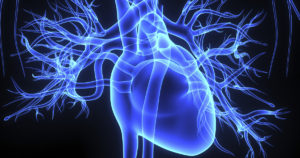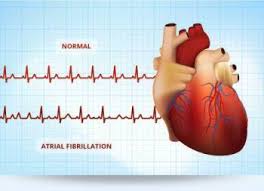Let’s review what ablation is again;
Ablation is simply to be used to treat abnormal heart rhythms, or arrhythmias. The type of arrhythmia and the presence of other heart disease will determine whether ablation can be performed surgically or non-surgically.
CAUSES AND RISK FACTORS
Problems with the heart’s electrical system or with the muscles’ response to the signal can cause arrhythmias. Physicians have categorized arrhythmias to their type:
- Disorders of impulse generation – A signal that generates part of the heart’s electrical system other than the SA node.
- Disorders of impulse conduction – “block” the heart’s electrical impulse and prevent it from traveling its normal pathway.
- Heart attack – causes scarring of the heart, which can interrupt electrical impulses.
- People without heart disease can develop an arrhythmia for unknown causes, but risk factors can include:
- Emotional stress;
- Consumption of alcohol, caffeine, diet pills, and tobacco; and
- Some prescription medications (certain heart drugs and certain cold, cough, allergy medications and anti-depressants).
- WHAT ARE THE SYMPTOMS?
|
|
The onset and duration of arrhythmia symptoms vary according to its type, frequency, duration, and whether structural heart disease is present.
Common symptoms that people experience may include:
- Palpitations (the sensation of skipped heartbeats);
- Lightheadedness;
- Shortness of breath;
- Fatigue;
- Chest pain;
- Fainting; and
- Urge to urinate. * DIAGNOSIS
- Arrhythmias can be difficult to diagnose because they can be unpredictable and brief. A physician will typically take a person’s medical history, and perform a physical examination, during which the physician may detect an arrhythmia using a stethoscope. Arrhythmias that occur infrequently, last for short periods of time, or do not cause noticeable symptoms may require more detailed tests, such as:
- Certain arrhythmias may cause fainting, and, occasionally stroke, while others (‘silent’ arrhythmias) cause no symptoms.
- Electrocardiogram (ECG);
- A Holter monitor (an ambulatory ECG); and/or
- A loop ECG.QUOTE FOR THE DAY:
- Part III on Ablation tomorrow.

